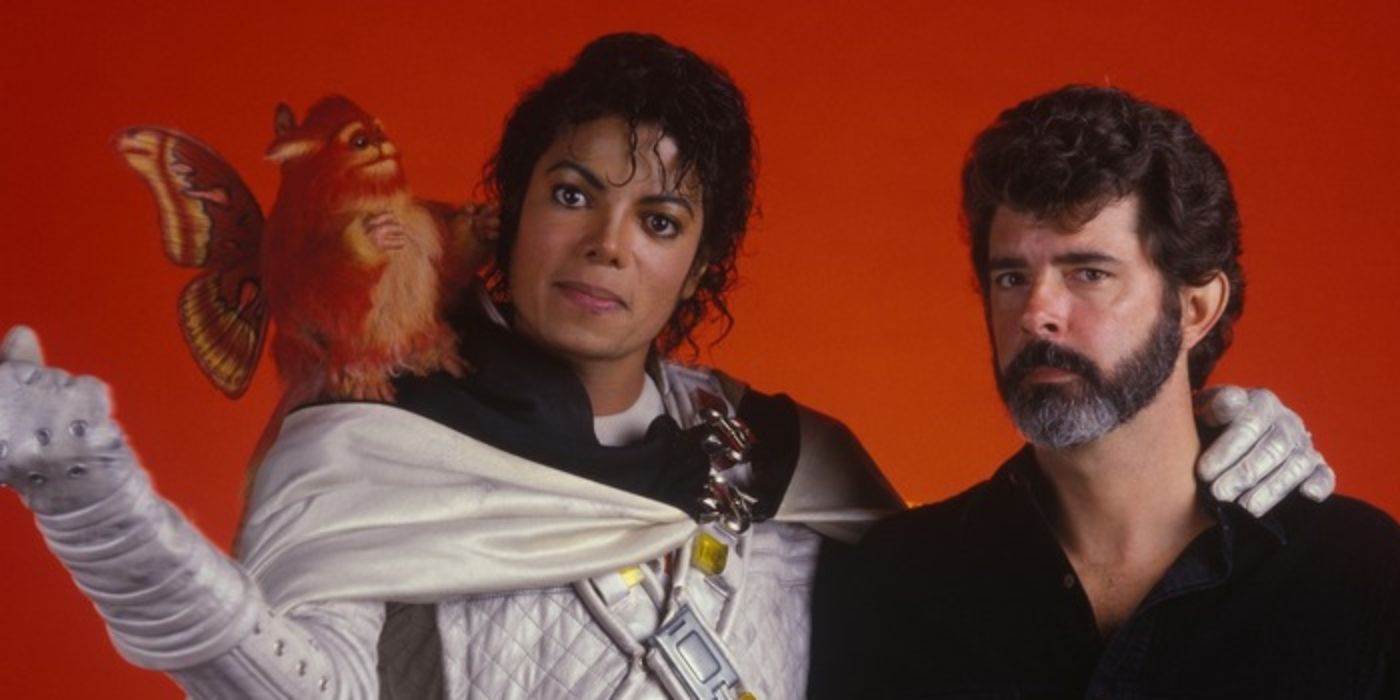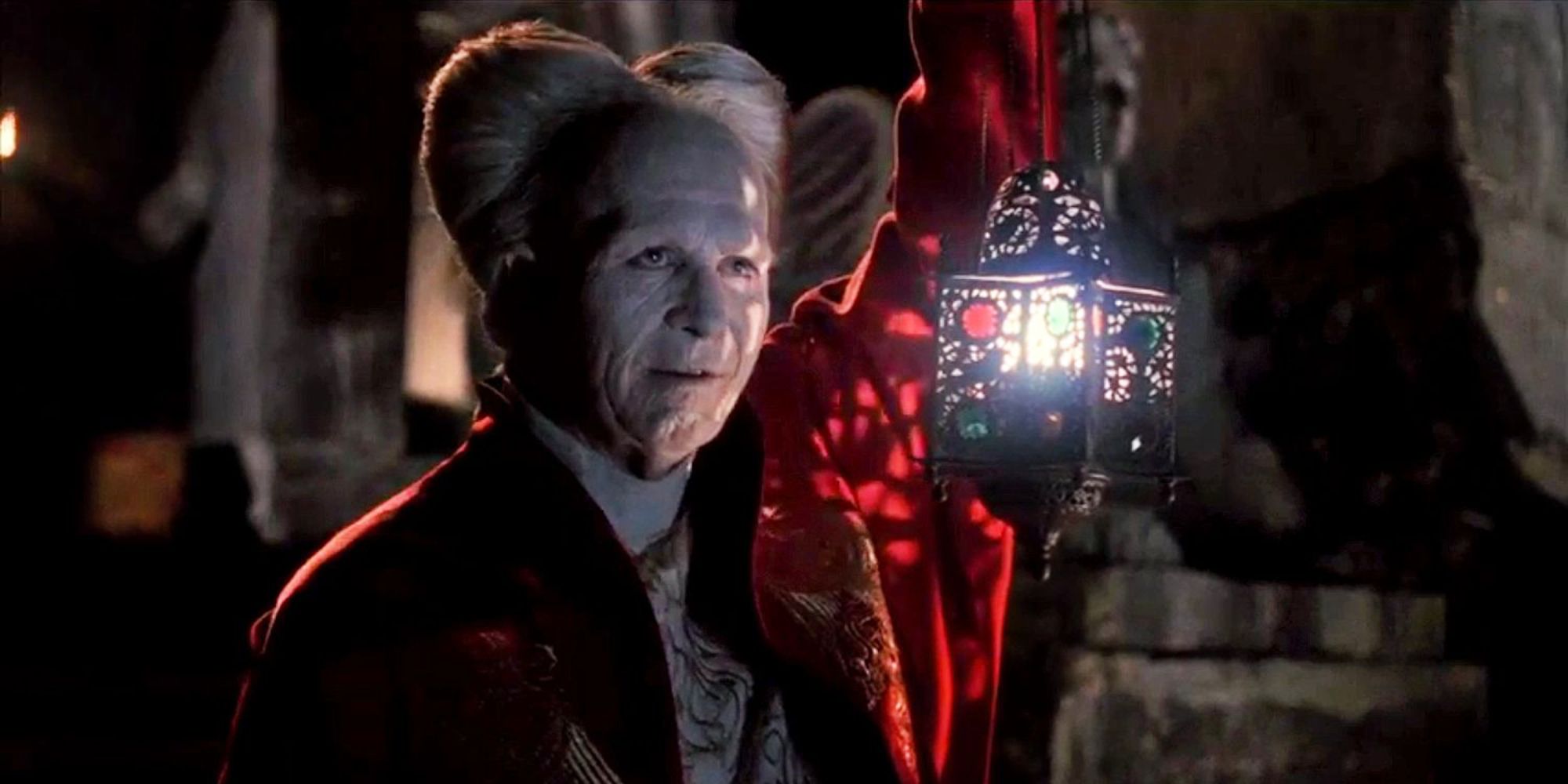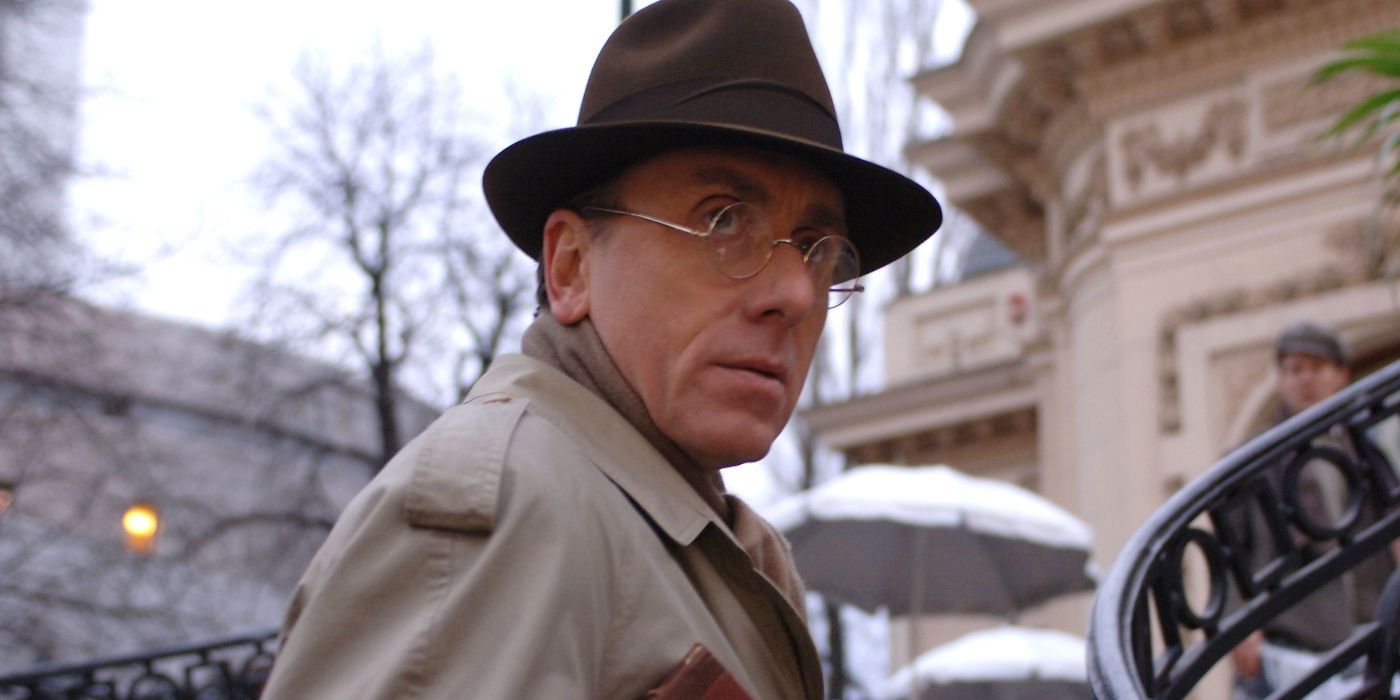Travel
Francis Ford Coppola’s History of Very Good (and Very Bad) Time Travel and Fantasy Movies
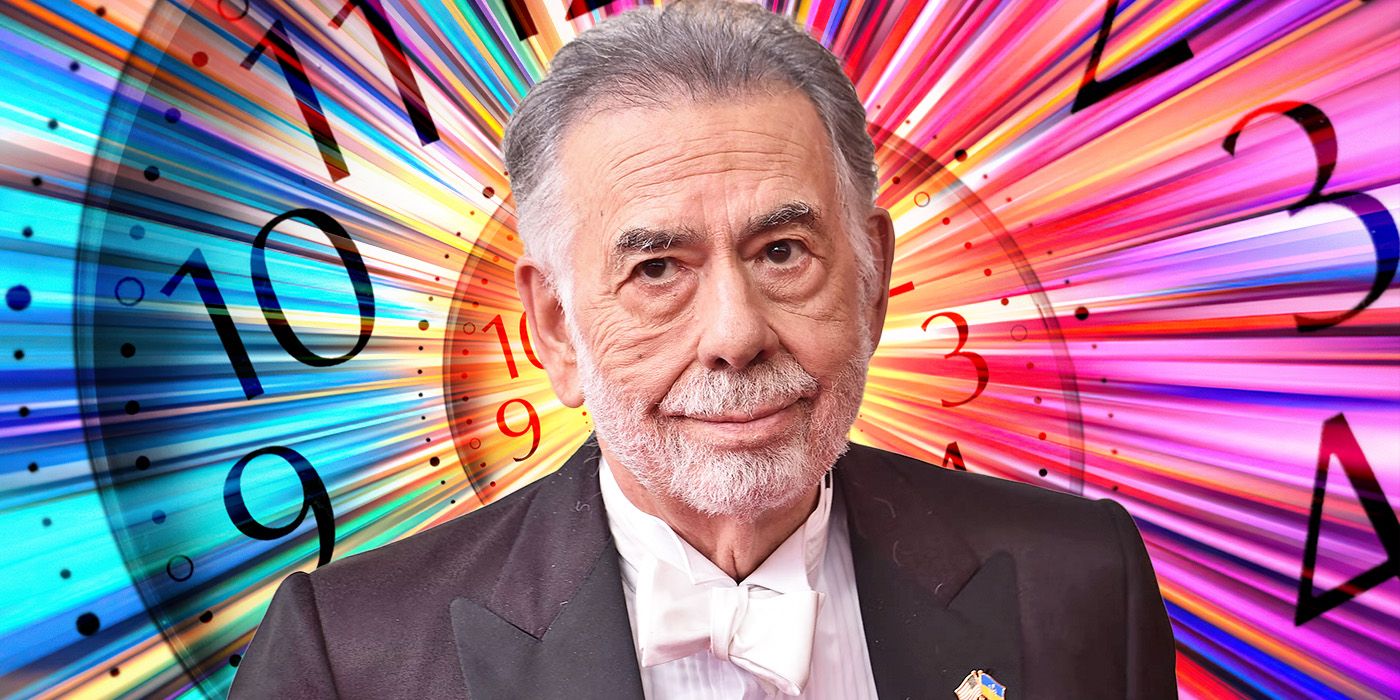
The Big Picture
-
Peggy Sue Got Married
showcases Coppola’s poignant portrayal of time travel & self-discovery. -
Captain EO
was a misstep in Coppola’s career, lacking his usual filmmaking flair. -
Bram Stoker’s Dracula
highlights Coppola’s grandiose vision, blending passion with practical effects.
Francis Ford Coppola is someone who’s interested in no less than the rapturous experience that life can be, in both its very highs and its lows. He seeks to capture the undercurrents of tragedy and bliss that can exist in the mundanity of everyday life, treasuring those moments where his characters can ascend beyond their mortal coils. In that dramatic vein, there’s not a storytelling concept more fitting to achieve that ascension than time travel. As all humans inevitably age and experience everything in life only one time, so do all humans know the pain of being unable to try things again with their current knowledge or realizing the finite extent of their youth. Coppola understands these pains, and has embraced this concept numerous times to explore these ideas, to admittedly mixed results.
‘Peggy Sue Got Married’ Is Coppola’s Most Poignant Use of Time Travel
The most powerful use of time travel in a Coppola film is easily Peggy Sue Got Married, in which Peggy Sue (Kathleen Turner) hates what her life has become. She’s a forty-something woman who’s bereft in life, with her adult children out of the house and a deadbeat husband, Charlie (Nicolas Cage), who she’s planning on divorcing. The last thing she needs is to go to her 25th anniversary high school reunion, where she will be reminded of how far she feels she has fallen. But go she does, and it is not quite as painful as she expected, as everybody there is happy to see her and is seemingly doing well with their lives. Much to her surprise, she gets voted prom queen again, forced to go onstage for all to see and admire. The moment all becomes so much for her that she passes out, only to wake up back in 1960, reliving the glory days of high school. While she’s dead set on getting back to her present, Peggy Sue won’t pass up the opportunity to take different actions, pursue things she always wanted, and ultimately figure out her relationship with Charlie long before it goes so bad.
This film came out only a year after Back to the Future, and therefore inspired many comparisons, since they both have the same basic premise of “modern person goes back to a 1950-60s high school environment.” But if Back to the Future is a giddily whimsical pop ode to the nostalgic Norman Rockwell painting version of the 1950s, Coppola’s touch makes Peggy Sue Got Married feel more tethered to the uncomfortable realities of being on the precipice of adulthood. The film achieves a unique poignancy from how it nestles a melancholic treatise on the need to move on from your past within the confines of a tenderhearted fable about becoming your own person and getting in touch with the feelings that most fully nourish your soul.
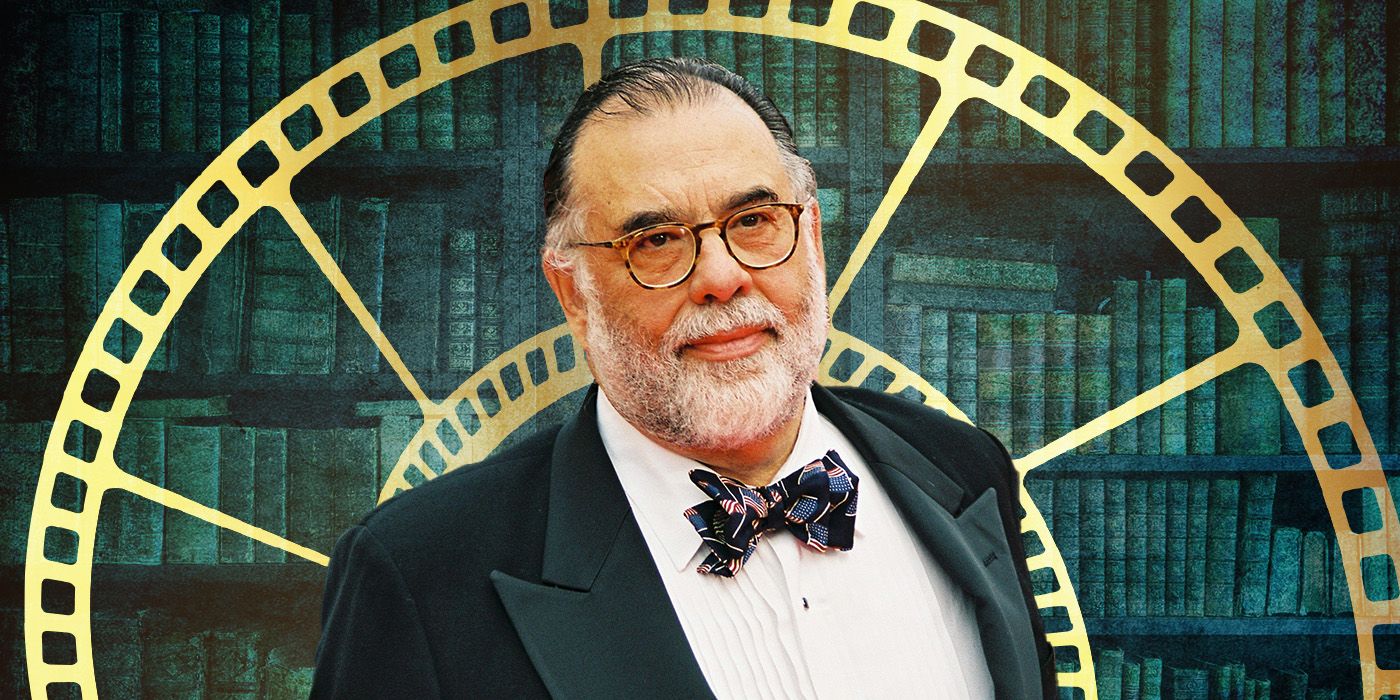
Related
We Have a Kids Library Class To Thank for Francis Ford Coppola’s ‘The Outsiders’
It takes guts to write a letter to a cinematic legend.
Mirroring that juxtaposition is Coppola’s filmmaking approach, fusing a snappy script full of zingers and well-defined character arcs with his precise way of digging into the emotional truth of artifice and cliché. This may be a movie full of 1950s touchstones, from doo-wop performances to hipster beatniks, to much hullaballoo about the family buying a new car, but they all feel stripped of any phony fetishizing. When Peggy Sue first encounters her mother (Barbara Harris) in the past, she says that she “forgot you were ever this young,” and that hints at the wisdom that Coppola is keyed into. He may understand that you must move on into the future, but you should never forget who you were when you were young, and that is how you’ll keep your spirit alive and thriving.
George Lucas’ ‘Captain EO’ With Michael Jackson Is a Bizarre Outlier
The same year as Peggy Sue Got Married, Coppola’s other early dalliance with the fantastical was actually a strange oddity called Captain EO, a glorified Michael Jackson music video that drowns itself in chintzy special effects and laborious production. Hatched up by Jackson, who wanted his own attraction at Disney theme parks, Coppola was only involved in the project because of his good friend George Lucas, who was producing. Lucas knew Coppola needed the work after the “meh” response to his film The Cotton Club, and threw him a bone.
This was probably a bad idea, as Coppola had no experience with heavy duty special effects, and relied on Lucas’ guidance constantly. Frankly, it shows, as the film winds up feeling like one of the many Star Wars knock-offs people endured throughout the 1980s, and has little trace of Coppola’s sense of filmmaking or savory camerawork. It’s tempting to shrug this off as a case of succumbing to a larger star’s persona, but Martin Scorsese managed to make a Michael Jackson music video that fit his ethos and was true to his grungy New York City roots. With Captain EO, it felt like a soulless paycheck job.
Francis Ford Coppola Takes Fantasy To Absurd Heights in ‘Bram Stoker’s Dracula’
Bram Stoker’s Dracula feels like a movie that Coppola had been waiting all his life to make: a grand guignol pop epic that takes classic literature and turns it into a work of hysteria that embodies the concept of “passion.” His reimagining focuses on Dracula’s (Gary Oldman) quest to get back with the love of his life, who had died hundreds of years in the past and is reborn as Mina Harker (Winona Ryder). The time-travel element is best exemplified by Dracula’s iconic quote about how he’s traveled across “oceans of time” to find her. The unabashed melodrama of that sentiment permeates throughout every creative decision, as Coppola infamously sought to use a variety of special effects that were all practical and in-camera, all of which were around since the beginning of cinema, in order to better match the period aesthetic in which the film is set.
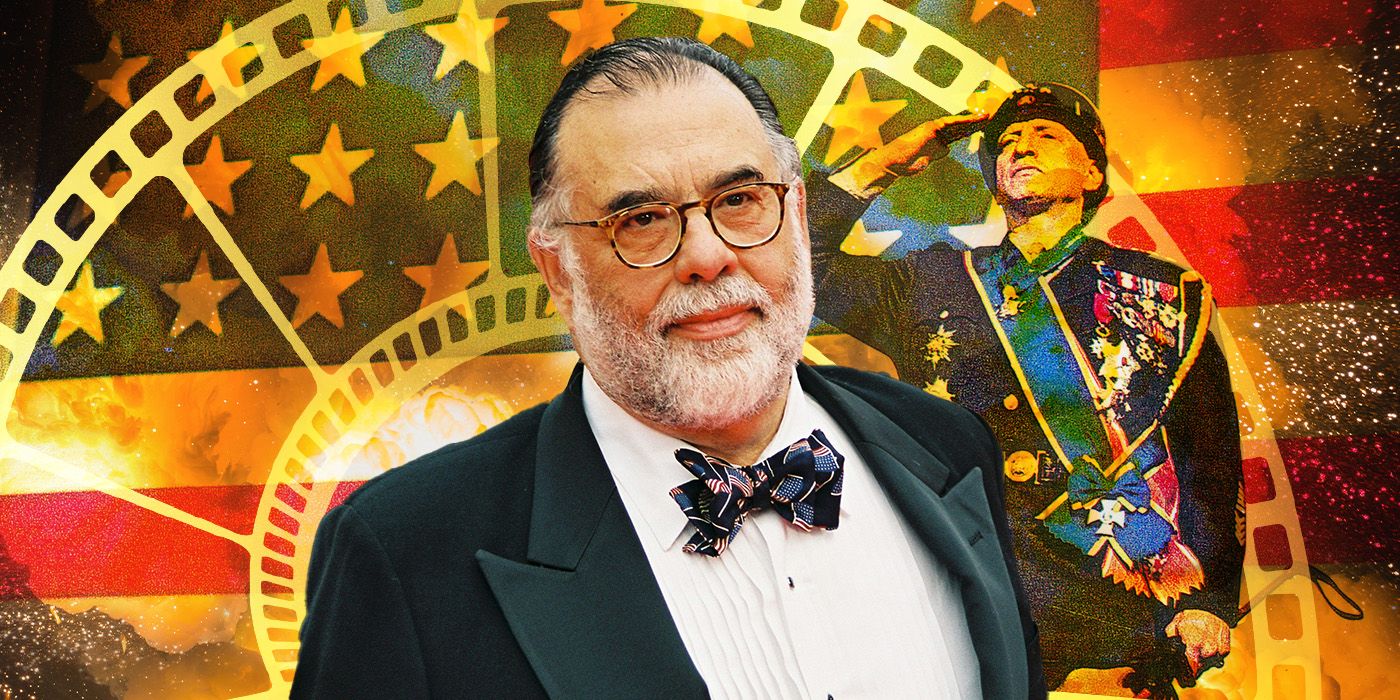
Related
Francis Ford Coppola Was Fired For Writing One of His Most Famous Scenes
One might say he refused to cooperate.
Vampire fiction has always thrived on the bubbling desires bursting out from under the strictures of social norms, and Coppola’s truly operatic treatment of the sacred text of vampire lore thrives on it using tastefully considerate techniques for utterly tasteless indulgences. Blood showers people in waterfalls, vampire women wear garish gowns straight out of kabuki theater, Dracula’s shadow defies gravity, and Keanu Reeves‘ accent and gray wig defy common sense. Everything is cranked to an 11 with the knob broken off, and what better excuse to go that far than for a story about breaking the rules of time and space itself for love, the noblest cause of them all?
Francis Ford Coppola wouldn’t tangle with the mystical for a solid 20 years, making a comeback with Youth Without Youth in 2007. Dominic Matei (Tim Roth) is a 70-year-old professor living in pre-WWII-era Europe who gets struck by lightning, which unexpectedly de-ages him back to his late 30s, which leads him down a path he could never have seen coming. He will pursue philosophical inquiries into the nature of doubles and the binary divides throughout life, find new love that reminds him of his old love, and escape the Nazis who want to experiment on him due to his de-aging. If that isn’t enough, he also becomes a literal mutant, gaining powers such as osmosis, the ability to control guns with his mind, and talking to himself as if he’s two different people.
33:28
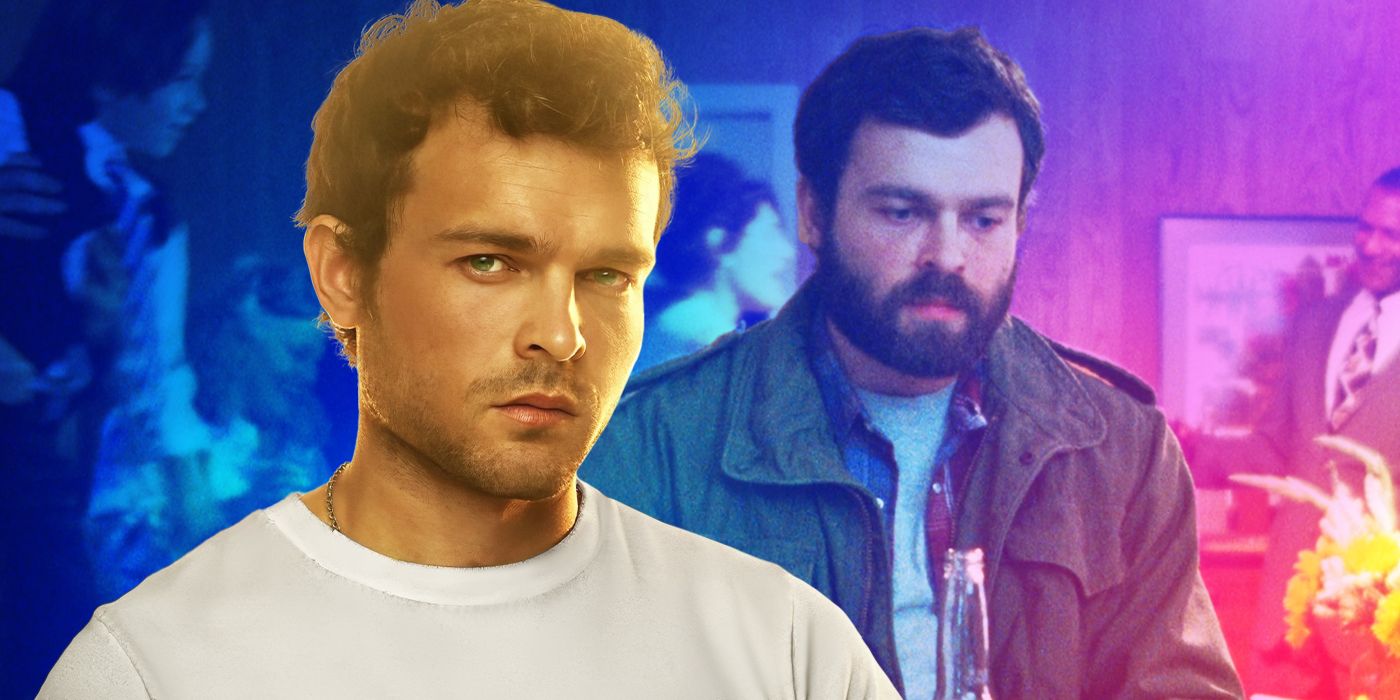
Related
How Francis Ford Coppola Inspired Alden Ehrenreich’s Short ‘Shadow Brother Sunday’
Ehrenreich breaks down his directorial debut from the writing process to which iconic directors inspired the short, when we can watch it, and more.
These are all such heady concepts that feel like they could be perfect for a Matrix sequel, and yet Coppola has no idea where to take any of these ideas, instead mish-mashing jargon and concepts together until they feel like word soup. Worse yet is how all the acting is so distant and the dialogue is so ramblingly self-absorbed that it makes every exchange feel like monologues being talked through each other, with no feel for chemistry or personal stakes. His inability to keep so many plates spinning at once is reflected in how the film’s visual approach is so scattered, with some scenes having a more lush color scheme and others being washed out in digitally sloppy brown with bad light-based special effects thrown on top of the shot. It adds up to a disappointingly muddled attempt at recapturing the spiritual curiosity of his younger artistic self.
‘Twixt’ Is a Gothic Exercise in Dream Travel and Ghosts
The last time Coppola tried his hand at fantasy was by far the spookiest film of his career with Twixt (later retitled B’Twixt Now And Sunrise), which incorporated time travel via dreaming and supernatural encounters to propel its story. Hall Baltimore (Val Kilmer) is a washed-up Stephen King wannabe writer who travels to a small town for a book signing, only to get wrapped up in a murder investigation of a teenage runaway (Elle Fanning) on the insistent recommendation of the local sheriff (Bruce Dern). By exploring the history of the town, Hall begins to get assistance from beyond the grave, via the ghosts of the murdered girl and Roger Corman‘s favorite author, Edgar Allan Poe (Ben Chaplin), whose ghost resides in the town solely because he spent one night at their local hotel. It feels like Coppola is trying to reach back to his early days as a director under Corman’s mentorship, making a chilly creepfest that works around its cheap production values and makes the most of a short runtime.
But this results in a stagnant and morbidly ugly affair, where the dialogue constantly spoils the plot, all scenes of violence are neutered by atrocious fake blood, and every night scene feels like it’s in front of a green screen that someone found in a dumpster. Speaking of the special affects, they’re so slapped-on and shoddily conceived that it feels like Edward Wood, Jr. making a Hammer Horror film, flop-sweating to wring any kind of atmospheric juice out of such stale material. The caliber of actors doesn’t help, as they all feel utterly lost and at the mercy of trying to stretch a paper-thin story into barely 80 minutes of cinema. We have to endure Val Kilmer hawking his impeccable Marlon Brando impersonation for the sake of him writing his terrible novel and poor Elle Fanning stuck with strange teeth and braces while glowing bright enough that she might as well have radiation poisoning. It’s just sad.
It’s clear that while Francis Ford Coppola has had a love for fantasy elements, fantasy has not always loved Coppola back. It seems that the more he went back to that well for inspiration, the more his filmmaking deftness slipped. Perhaps he became too enamored with the concepts and lost sight of the details that made his strongest work so potent. More likely, his reach exceeded his grasp, with his ambitions not being able to match the time or resources he had on hand. This is a shame, as Coppola has consistently been one of the most ambitious filmmakers we’ve had the pleasure of seeing, best exemplified by his continued pursuit with his company American Zoetrope as he tries to keep his dream of truly independent American cinema alive. With him finally getting to make his passion project of Megalopolis, maybe he will finally get back in-sync with his passion for reaching beyond the human form into the realm of dreams.

